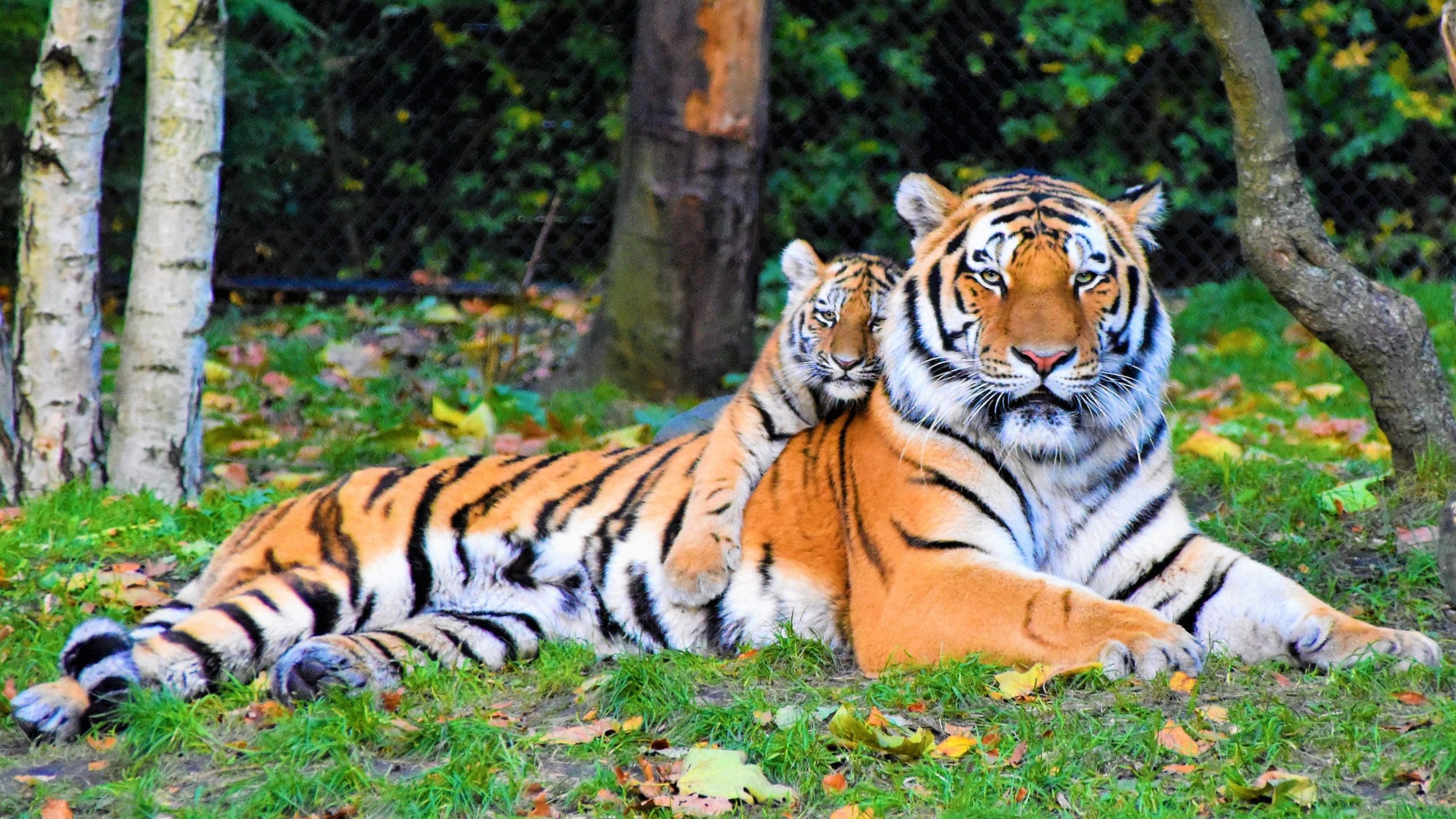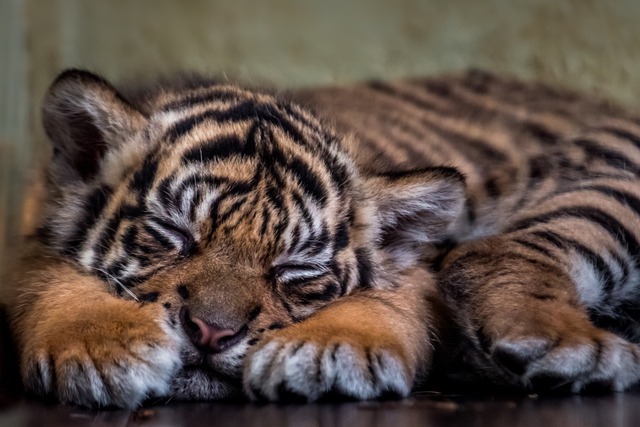Fierce and Fluffy: Exploring the World of Tiger Cubs
Fierce and Fluffy: Unleashing the Roaring Cuteness: A Heartwarming Journey
Tiger cubs are undeniably one of the most adorable creatures on the planet. With their fluffy fur, playful antics, and innocent eyes, they have captured the hearts of people all around the world. In this article, we will delve into the fascinating world of tiger cubs, exploring their behavior, development, and conservation efforts.
The Birth of Tiger Cubs
Tiger cubs are born after a gestation period of approximately 100 days. The mother tiger, also known as a tigress, typically gives birth to a litter of two to four cubs. These cubs are blind and helpless at birth, weighing only about 2 to 3 pounds.
During the first few weeks of their lives, tiger cubs rely entirely on their mother for nourishment and protection. The tigress keeps her cubs hidden in a den, usually located in dense vegetation or a secluded area. She nurses them and keeps them warm by cuddling them closely.
Development and Growth
As the tiger cubs grow, they become more active and curious about their surroundings. At around two weeks old, their eyes begin to open, allowing them to see the world for the first time. They start to explore their den and play with their siblings, developing their coordination and strength.
By the time they are six to eight weeks old, tiger cubs start venturing outside the den under their mother’s watchful eye. They learn essential hunting skills by playfully pouncing on each other and practicing their stalking techniques. These playful interactions not only help them develop their physical abilities but also strengthen their social bonds.
As the cubs continue to grow, their mother gradually introduces them to solid food. At around three months old, they start eating small pieces of meat, although they still rely on their mother’s milk for nutrition. By six months old, they are fully weaned and can survive solely on a diet of meat.
Conservation Efforts
Fierce and Fluffy: Tiger cubs are not only adorable but also play a crucial role in tiger conservation efforts. Tigers are an endangered species, with their population declining rapidly due to habitat loss, poaching, and illegal wildlife trade. Protecting tiger cubs and their habitats is essential for the survival of these majestic creatures.
Various organizations and governments are working tirelessly to conserve tiger populations and their habitats. They focus on initiatives such as anti-poaching efforts, habitat restoration, and raising awareness about the importance of tiger conservation. These efforts aim to ensure a future where tiger cubs can continue to roam freely in the wild.
Case Study: The Success of Tiger Conservation in India
India is home to the largest population of tigers in the world, thanks to successful conservation efforts. The Indian government, in collaboration with conservation organizations, has implemented strict anti-poaching measures and established protected areas for tigers.
One such success story is the Sariska Tiger Reserve in Rajasthan, India. In the early 2000s, the reserve faced a severe decline in tiger population due to poaching. However, through dedicated efforts, including increased patrolling and community involvement, the reserve has witnessed a remarkable recovery. Today, Sariska is home to a healthy population of tiger cubs, a testament to the effectiveness of conservation initiatives.
Conclusion
Fierce and Fluffy: Tiger cubs are not only incredibly cute but also vital for the survival of their species. Understanding their behavior, development, and the importance of conservation efforts is crucial for ensuring their future in the wild. By protecting tiger cubs and their habitats, we can contribute to the preservation of these magnificent creatures for generations to come.
Escape to Nature’s Haven: Turpentine Creek Wildlife Refuge in Eureka Springs, AR





